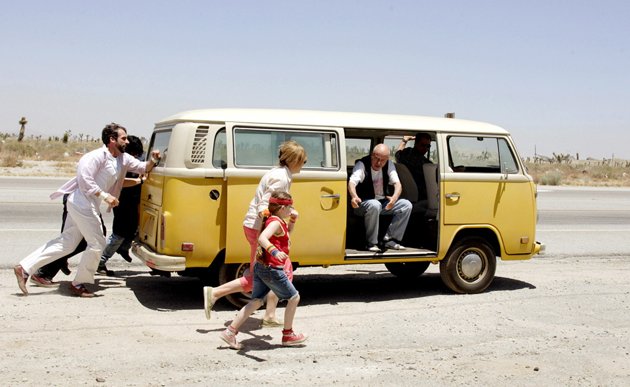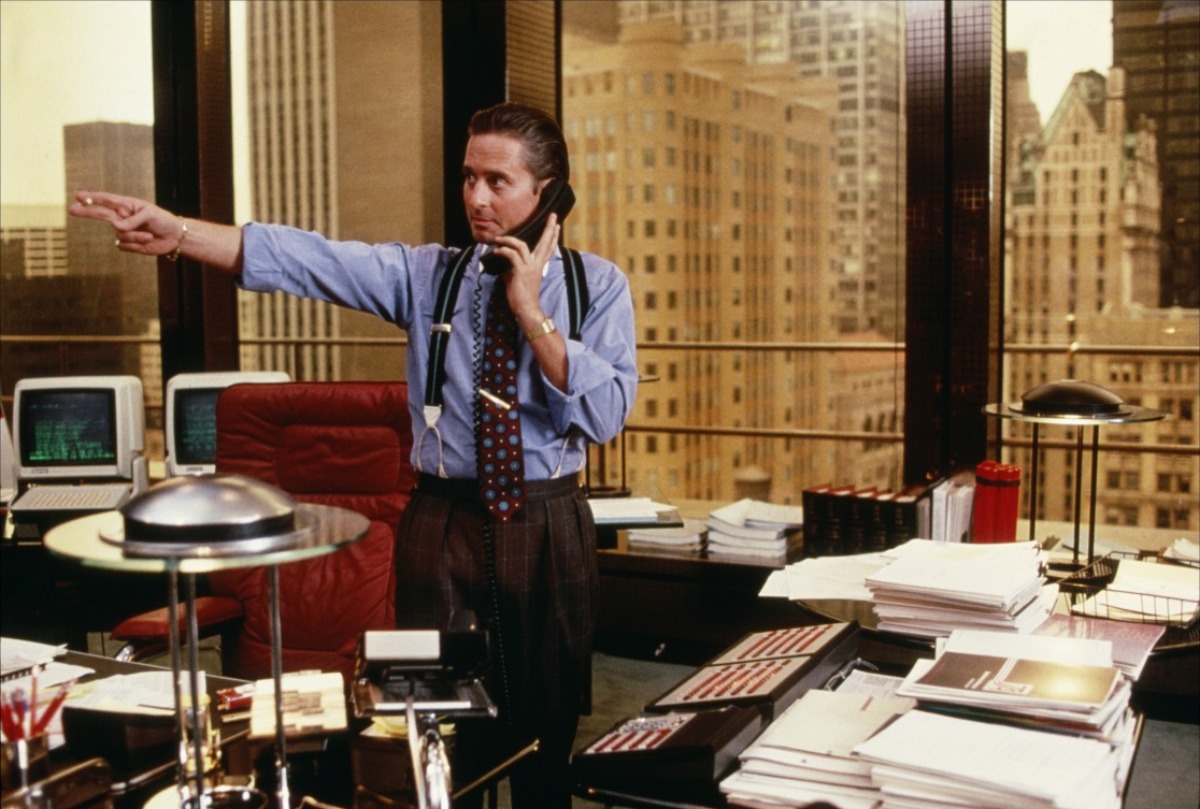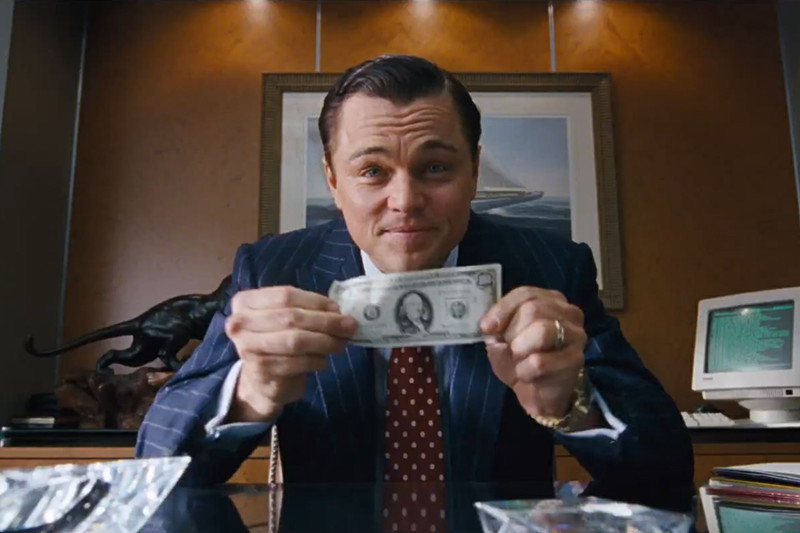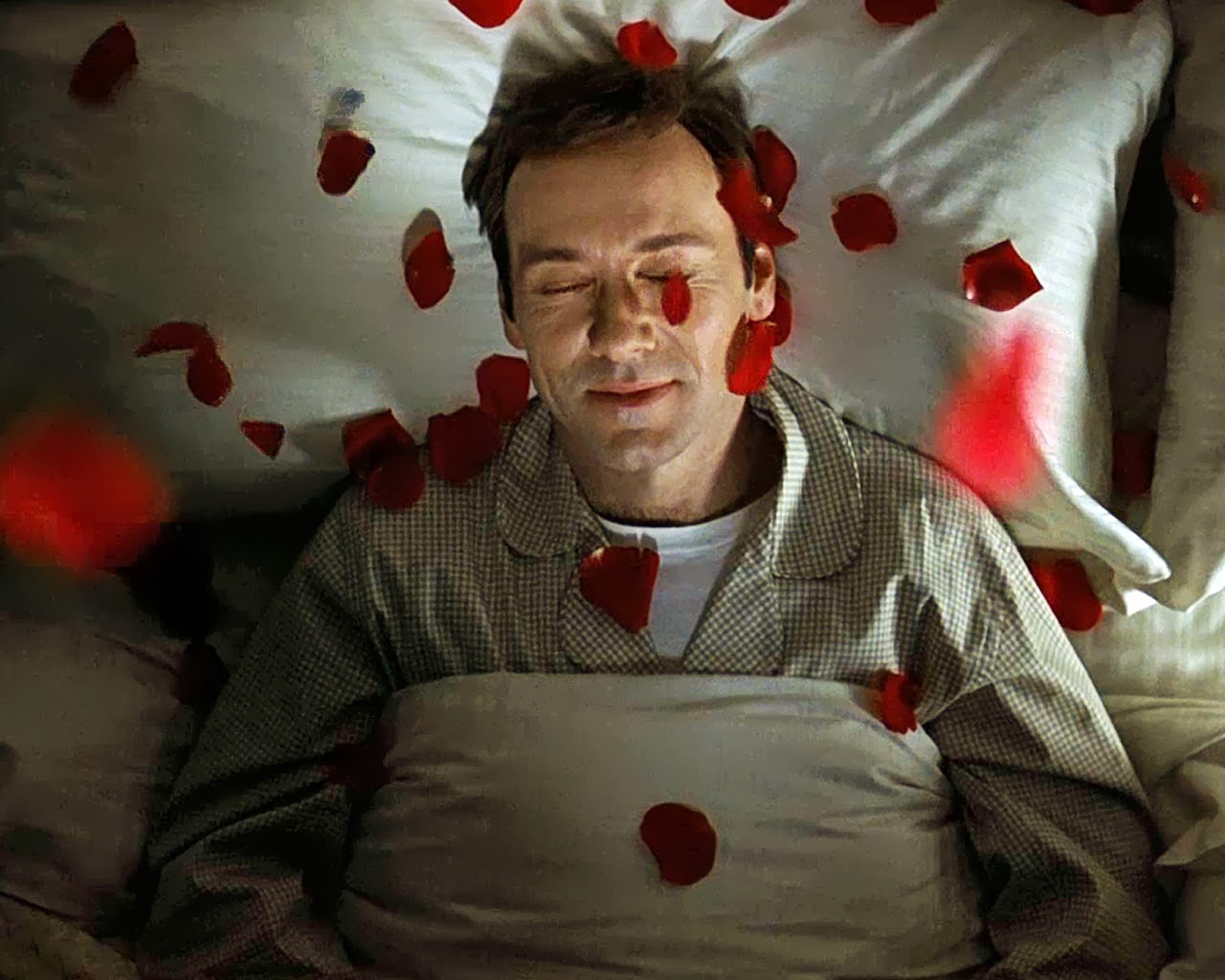5. Rocky (1976)
This is perhaps the oddest inclusion on this list, as it is in many ways the perfect example of the American dream gone right. An average man gets a one in a million chance at a better life. What’s more American than that?
But alternatively, Rocky’s version of success challenges the premise of the American Dream as happiness based on material wealth. After all, Rocky loses at the end of the movie. He does not achieve his dream of becoming the heavyweight champ of the world.
But the film isn’t about this failure, it’s about Rocky’s ability to succeed on his own terms. Rocky doesn’t care about winning. He doesn’t care about status. He doesn’t care about money. When it comes to the fight, he only cares about “going the distance.” It is a self-defined, not a socially-defined, form of success.
What’s more is that, in losing, Rocky jettisons the common movie cliché of “getting the girl in the end.” Rocky does get the girl, but not as a secondary prize to the main event. Falling in love with Adrian is Rocky’s real success. Other films on this list show the horror that can come from misinterpreting the American Dream. Rocky shows the positivity that can come from defining it for yourself.
4. Little Miss Sunshine (2006)
Rocky is about the lovable loser who becomes a champion. Little Miss Sunshine is about lovable losers who…stay losers. At its core, the American Dream is about succeeding and what happens after you succeed. This film, on the other hand, is about being able to accept failures.
The father, Richard Hoover, is the one who most believes in the inevitability of the American Dream. His chosen profession, motivational speaking, is about spreading that gospel, even though it has not worked for him yet. The rest of the Hoover family is filled with misfits and lowlifes who are also unable to achieve what they want.
And then there is little Olive, who isn’t really interested in winning so much as she is in competing. She just wants to have fun at the pageant and isn’t concerned about being embarrassed from failure. That’s ultimately the lesson that Olive teaches the rest of her family: to let go of ambition and learn to enjoy life.
3. Wall Street (1987)
“Greed is Good.”
Oh, where to begin? That insidious little phrase proclaimed by Gordon Gekko still haunts American culture to this day. At its core, Wall Street is about a choice between two competing versions of the American Dream, one which rejects that phrase and one which embraces it.
The first comes from Carl Fox, played by Martin Sheen, who believes that the Dream is still about hard work paying off. About people who provide a service to society being rewarded for their contributions. He believes in this despite all evidence to the contrary.
At the other end of the spectrum is Gekko, who believes making money is the most noble goal a man can pursue, despite the collateral damage it might cause. Gordon Gekko makes money, therefore Gordon Gekko is good. It’s the philosophy behind the 2008 stock market crash and one that continues to haunt America in the age of the bailout.
Between the two is Bud Fox, who flirts with the allure of Gekko’s philosophy for much of the film. His choice to revert back to his father’s way of thinking, and having Gekko arrested, is the film’s rather optimistic attempt to kill the phrase, “Greed is good.” But some phrases are too catchy to kill and Wall Street remains one of the most commonly misunderstood films of the past few decades.
2. The Wolf of Wall Street (2013)
Jordan Belfort is the real Gordon Gekko, but lacks Carl Fox as an ideological counterpoint. As opposed to Wall Street, where our perspective of Gekko is always at a distance, the audience in Wolf gets to live vicariously through Belfort on a drug-induced pleasure cruise fueled by scams and quaaludes. It’s the American Dream at its most visceral and base.
Yet what’s most fascinating about the film is that, unlike Tony Montana or Gordon Gekko, Jordan Belfort walks free in the end. Yes, he suffers through immense personal trauma, but in the end we still collectively admire him. We still want to be him.
Watch the last scene of the movie again. Belfort is giving a seminar on sales and the camera pans to an audience captivated by him, hoping to learn from him. The screen suddenly becomes a mirror as the real audience watches the filmed one, and we realize that we are as wrapped up with our desire for the American Dream as they are.
1. American Beauty (1999)
What happens when 1950s America moves next door to 1960s America? Murder, that’s what.
The Burnham family is the typical suburban family. Lester and his wife, Carolyn, both have full-time jobs and a daughter in high school. Most of the other films on this list deal in some way with a rise and a fall. American Beauty deals with the plateau. It’s about what happens after a family achieves a middle-class version of the American Dream, which is really what the original Dream is all about. They already have their “white picket fence.” And the house itself, with that red door, white paneling and blue shutters might as well be draped in the American flag.
Yet Lester is bored with the mundanity of his life after the Dream is realized. He wants a new dream, one which isn’t about the future, but one that’s about the now. He seeks adventure by embracing a 1960’s lifestyle that’s thirty years too late, complete with sex, drugs and rock ’n’ roll. He is, in many ways, the antithesis of the Charles Foster Kane archetype which many of the other protagonists on this list spring from.
Meanwhile, the Burnham’s neighbors, the Fitts, exhibit all the qualities of the traditional, deeply conservative, American household. At least, that’s the lifestyle that Colonel Frank Fitts want to enforce in his household, who feels surrounded and trapped by an increasingly progressive culture and fears losing control of his rebellious teenage son who seeks to define his own future.
In the Burnham household, the rediscovery of sexual intimacy pushes each character towards newfound happiness. For Colonel Fitts, an attempt to break out of the sexual repression that has cloistered him in self-hate his entire life leads him towards a surprising outburst of violence, an outburst that represents the struggles of the country itself.
There is a great sense in this film that these characters aren’t fully aware of what they want, but they know exactly what they don’t want, and that’s the hollowness that the old American Dream has provided for them. While the film doesn’t seek to present an alternative, its stark exploration of the topic makes this one of the most interesting films to redefine how we think about the American Dream.
Author Bio: Sage Hyden is a lover of storytelling in all mediums and holds an M.A. in English Literature and Cultural Studies from McMaster University. In his spare time, he rides a unicycle. Check out his blog for more rants and reviews at: sageexclaimed.com.




